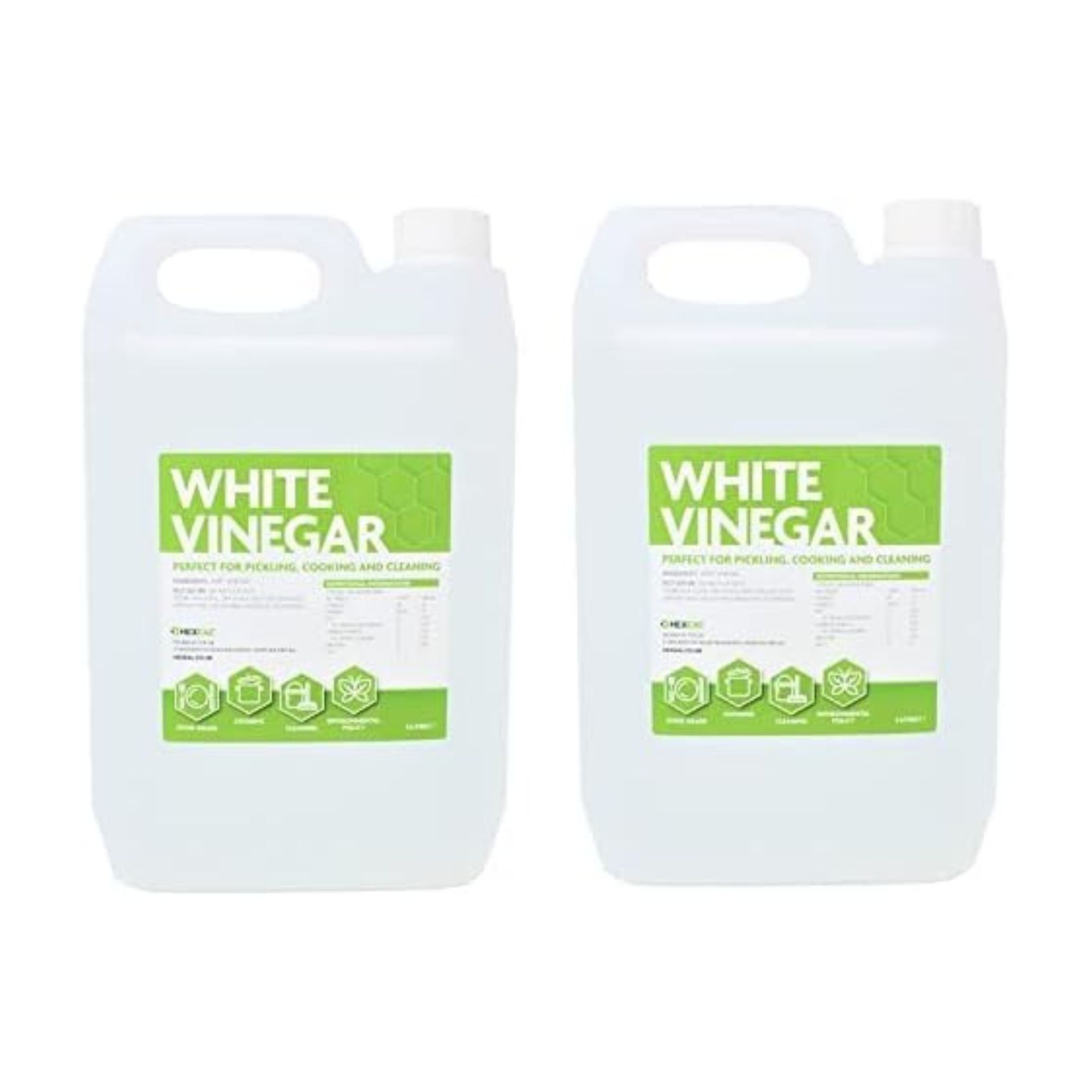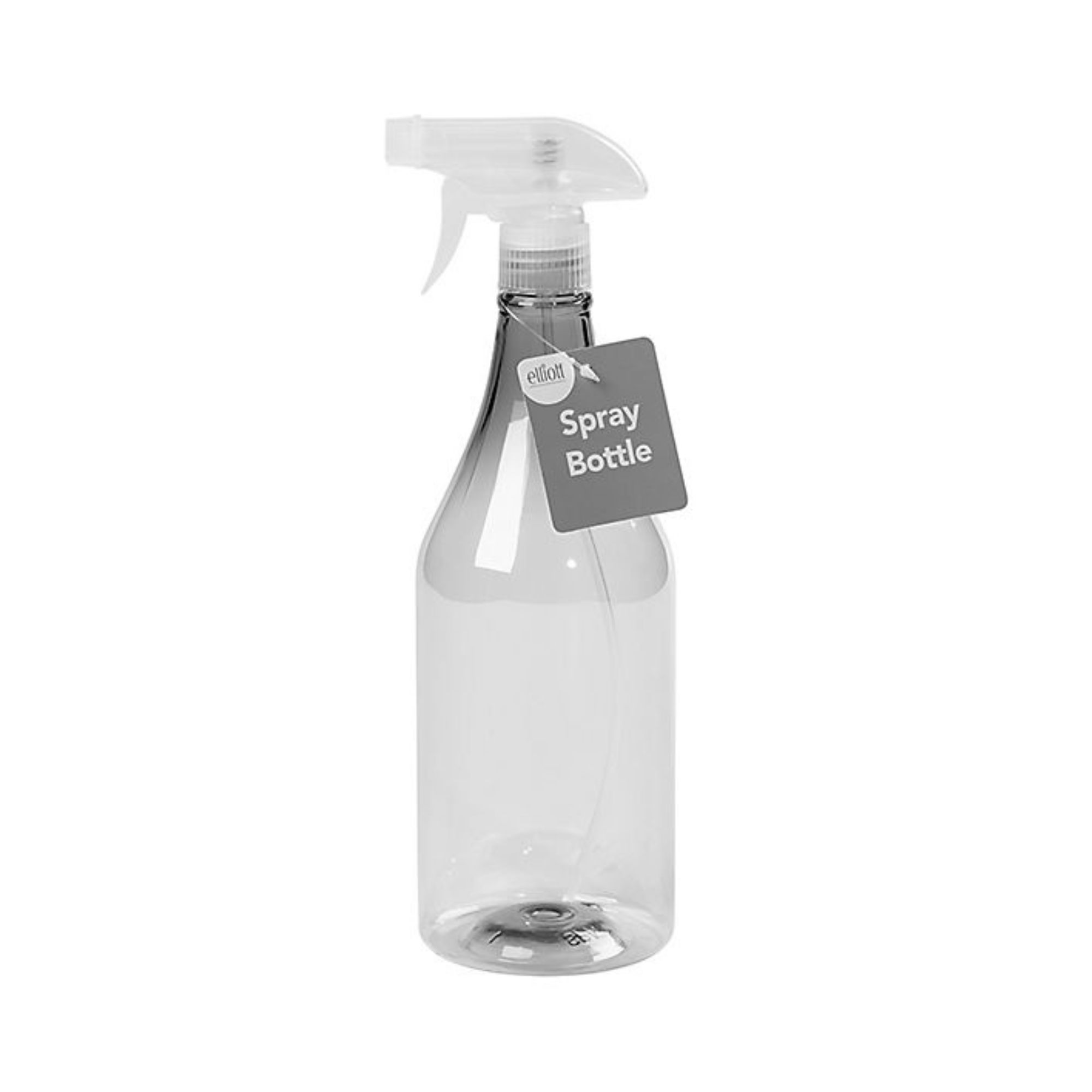How to clean windows outside for a streak-free finish, no ladder required
Top tips for sparkling windows even on tricky-to-reach second-floors


Now that the wet and windy winter months have been and gone, there’s never been a better time to clean your windows. But while you might already know how to clean windows inside, do you know how to clean windows outside?
Whether you’re cutting costs and trading a professional window cleaner for your own hard graft or you’re new to the property market, knowing how to clean windows is something we should all have in our back pockets. And as our exterior windows are constantly exposed to rain, high winds, and birds with poor aim, they arguably need more TLC than the inside of your windows.
However, many people put off cleaning their windows outside because they don’t have a ladder, they live in a flat, or they just don’t think they have the practical skills to do so. But we’re here to tell you that it’s easier than you think - and we’ve even put together a foolproof step-by-step guide for you to follow.
How to clean windows outside
‘Cleaning windows can be a laborious task that people avoid due to the time commitment, but with windows lasting between 15 to 20 years, it’s important to maintain them through regular cleaning,’ explains Jo Trotman, Marketing Manager at the premium window and door designer, The Residence Collection. And this is how to clean windows outside.
What you’ll need
The best window cleaning tools come in many different forms, but for cleaning windows outside we'd suggest the following:
Step-by-step
1. Choose the perfect day
You might assume that you can clean windows outside at any time of day or week, but that’s not the case.
Renowned home expert Lynsey Crombie, explains, ‘When cleaning windows, it's important to choose the right time of day. Cleaning windows when the sun is shining directly on them can lead to streaking.’
Sign up to our newsletter for style inspiration, real homes, project and garden advice and shopping know-how
‘This happens because the intense heat from the sun can cause the cleaning solution to dry too quickly on the glass, leaving behind unsightly streaks and marks. Even after thorough scrubbing and polishing with microfiber cloths, streaks may still persist.’
‘Therefore, it's advisable to clean windows on cloudy or overcast days when the sun's intensity is lower. This allows the cleaning solution to remain wet for longer, making it easier to achieve a streak-free finish.’

Known as the 'Queen of Clean', Lynsey is the best-selling author of The 15-Minute Clean and regularly shares her tips on her social media. She starred in TV's Obsessive Compulsive Cleaners and is a regular guest on This Morning and Good Morning Britain.
2. Consider your tools
Cleaning the insides of your windows is easy, as you’re inside your house and on the same level as your windows. And that’s where cleaning the outside of your windows can become pretty tricky.
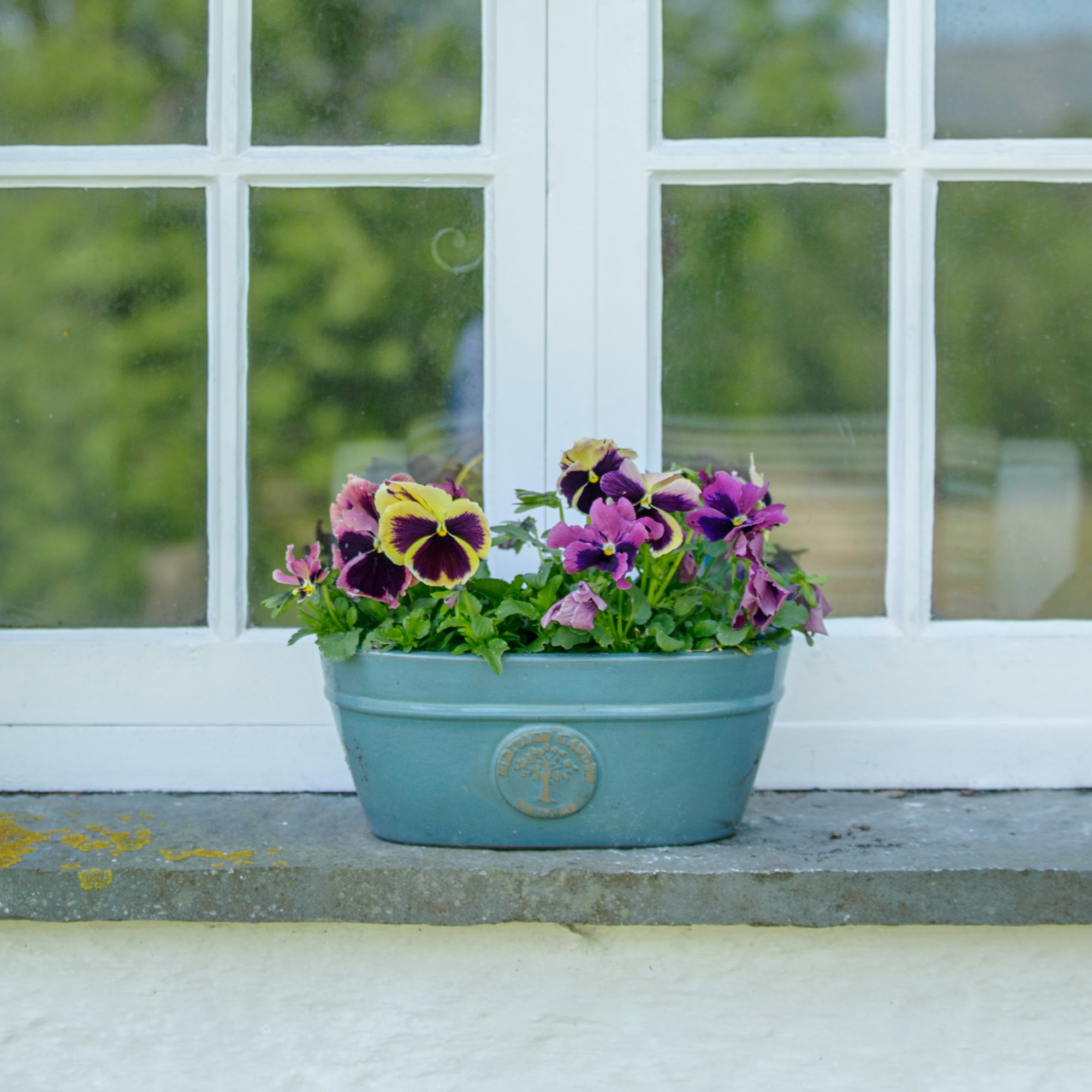
Before you start cleaning the windows outside, you first need to choose the tools you will use for the job. You could use a sponge or window scrubber on the downstairs windows, but this may not be possible if you don’t have a ladder for the upper levels.
Because of this, you may need to invest in a magnetic window cleaning tool or a telescopic pole cleaning kit to reach the top windows.
Dan Smith from Express Essex Blinds explains, ‘If you don’t have a ladder, a telescopic window cleaning pole is perfect in a pinch. These poles are built to expand to various lengths, allowing you to safely clean second-floor or higher windows without needing to put yourself at risk. I recommend looking for models that have squeegee or mop attachments so that you can get a deep clean.’
However, a magnetic window cleaning tool is a better option for those without outside access to their exterior windows (for example, if you live in a flat), as this can be used inside the home. Just make sure you read the instructions to ensure you know how to properly use it before giving it a go.
Ultimately, you need to find a product that works best for you and your home.
3. Hose your windows down if you can
Before you start using your window cleaning tool of choice, you first need to get rid of any loose dirt, debris, or cobwebs that may be clinging to the outside.
Although you could use a small brush for this task, it’s much easier (and quicker) to use a garden hose. This way, you can simply hose your windows down and get rid of that first layer of grime, no matter whether you're cleaning the bottom-floor windows or the first-floor windows of your house.
Alternatively, you could try this vacuum cleaner window cleaning hack if you have one of the best vacuum cleaners sitting in the cupboard and are able to reach your windows easily.
4. Tackle your frames and windowsills
When you’ve removed any loose debris from the windows, you can then focus your attention on the window frames and windowsills. With more nooks and crannies, these areas often need a little more care and attention.
Jo says, ‘Like indoors, tackle your frames and cills first. As you’re outdoors, stronger cleaning products can be used, but try to avoid those that are high in chemicals to avoid damage.’
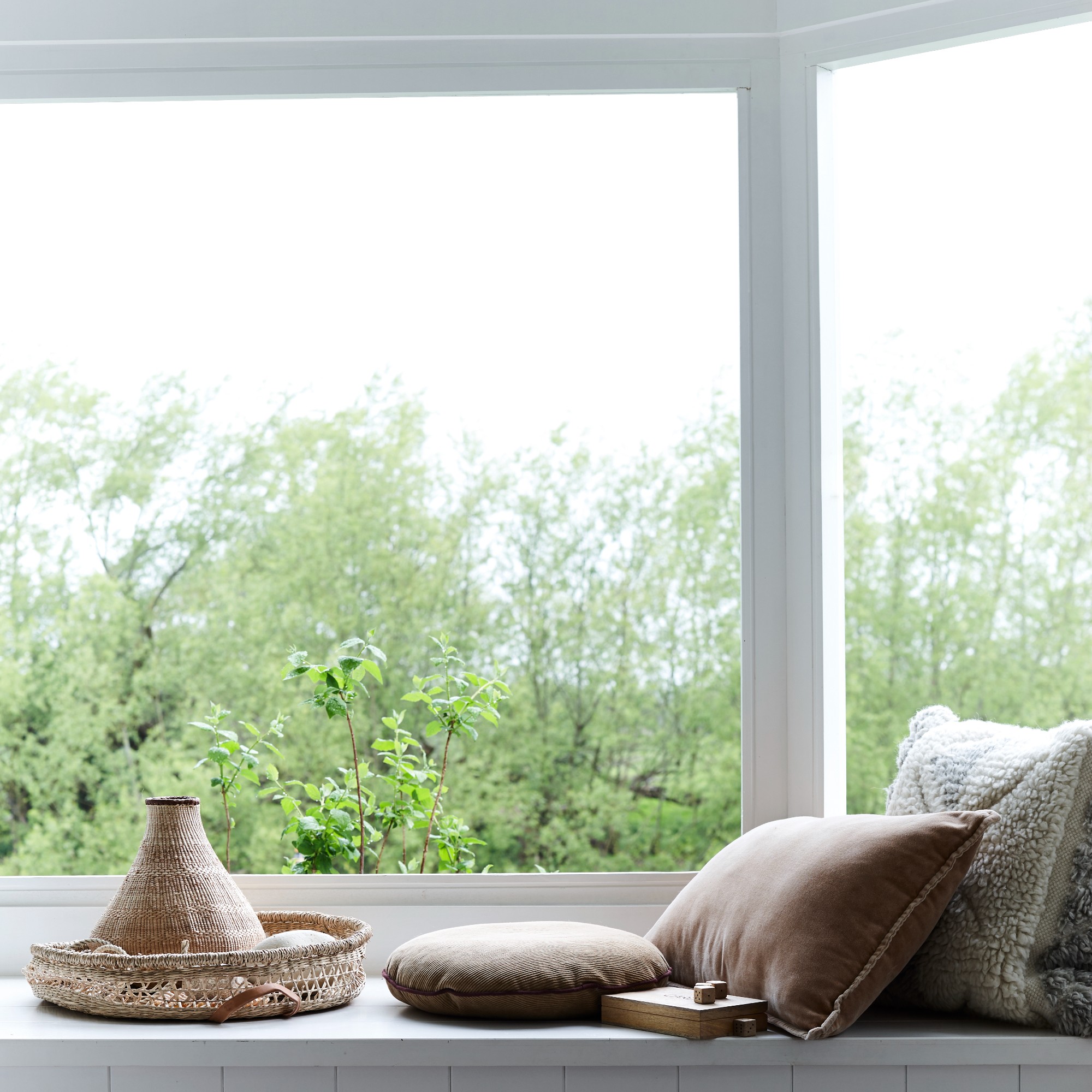
In fact, most experts swear by cleaning with vinegar when cleaning windows outside, as it offers a clean, streak-free finish every single time.
Dan explains, ‘A cheap and effective way to clean your windows is using a mixture of white vinegar and water. This classic cleaning method is perfect for those looking for a chemical-free and eco-friendly cleaner that can still cut through grime and leave windows streak-free.’
‘To use, simply mix one part distilled white vinegar in a spray bottle with ten parts water and shake until combined. Try to avoid using washing-up liquid or other soaps unless you rinse them thoroughly, as these can leave streaks that can easily smear and leave your windows sticky, meaning they can attract more dirt and grime.’
Then, you can use a cloth or brush to make sure this cleaning solution gets right into those nooks and crannies.
5. Move on to the window panes
After the frames and windowsills, you can then move on to the main window panes. Use the same cleaning concoction for this job, using a window scrubber to scrub at the glass.
To ensure you’re picking up all of the dirt, scrub in various directions, going back and forth over the same area a few times to dislodge any stubborn or dry grime. While you’re doing this, it’s also a good idea to rinse the scrubber in the cleaning solution so you don’t just spread the dirt around.
6. Squeegee the excess cleaning solution
When you’ve scrubbed at the windows, you can then grab your squeegee and squeegee off the excess water and cleaning solution.
For this step, it’s incredibly important to always squeegee or wipe from side to side, starting at the top of the window and then zig-zagging your way to the bottom so you don't get the clean areas dirty again.
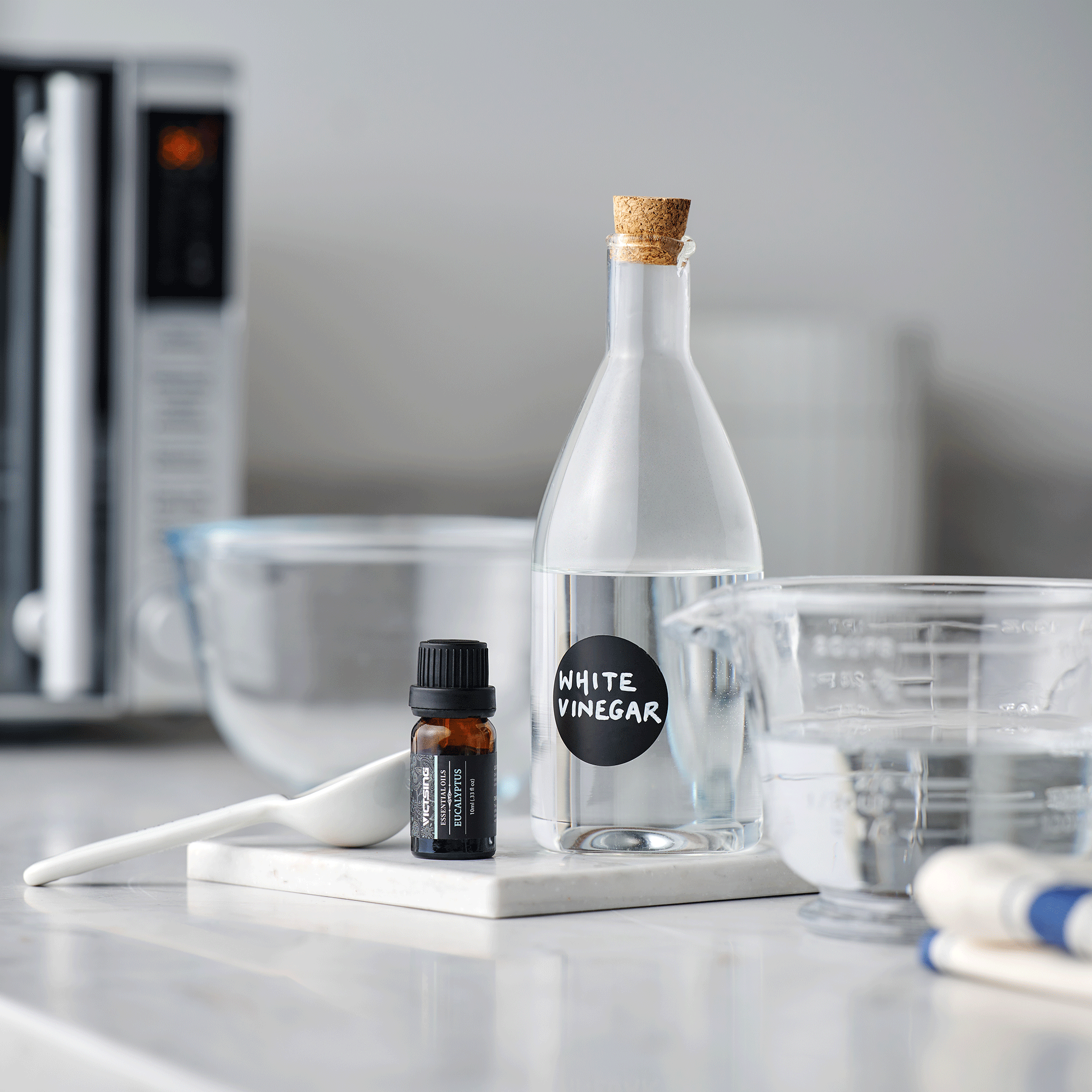
7. Prevent streaks with vinegar
If you choose to use soap and water or window cleaner when cleaning your windows outside, these products are likely to leave streaks when they dry. That’s where vinegar comes into the picture.
'As with indoor glass cleaning, it can be hard to get the external glass streak-free, too,’ explains Jo. ‘Using the same method as inside, apply glass cleaner or distilled vinegar and wipe with a squeegee or clean cloth. Use the top-to-bottom technique for a streak-free finish.’
On downstairs windows, you can simply spray the vinegar onto the glass with a spray bottle. For upstairs windows, it’s safest to spray the microfibre cloths of your magnetic window cleaner with vinegar before using them.
This way, you don’t have to lean out of your window - and it’ll clean the inside of your windows at the same time!
8. Dry the windows
When you’ve completed these steps, it’s essential that you dry the windows as soon as you can. If you don’t, you could be left with dirty marks and streaks that will render your hard work useless.
Jo says, ‘The weather in the UK can be temperamental so make sure to dry your window frames and glass completely with a dry cloth once you have completed your cleaning. This will help you to avoid streaks and remove any remaining cleaning product which could become greasy when mixed with rain water.’
Then, repeat the process whenever you need or want to!
FAQs
What is the best thing to wash outside windows with?
You can never go wrong with soap and water. This cleaning solution is chemical-free and perfect for cleaning outside windows, and most people already have it in their house.
However, most experts would suggest using white vinegar afterwards for a streak-free finish.
How do I clean my outside windows by myself?
If you have ground-floor windows, you can simply use a window scrubber, sponge, or microfibre cloth to clean your outside windows by yourself. Things get a little more complicated when you go up a floor, though.
If you have a two-storey house and have access to the space below the windows, you could either use a ladder or a window cleaning kit with a telescopic pole to clean your outside windows. However, if you live in a flat and don’t have access to the outside, you’re better off using a magnetic window cleaner.
Can you use washing-up liquid to clean windows?
Yes. Washing-up liquid is extremely effective at cleaning windows and offers a chemical-free and affordable alternative to professional window cleaners. However, washing-up liquid can leave streaks on your windows, so it’s best to wipe them down with white vinegar when you’re done.
Happy window cleaning!

Lauren Bradbury has been the Content Editor for the House Manual section since January 2025 but worked with the team as a freelancer for a year and a half before that. She graduated with a Bachelor’s degree in English and Creative Writing from the University of Chichester in 2016. Then, she dipped her toe into the world of content writing, primarily focusing on home content. After years of agency work, she decided to take the plunge and become a full-time freelancer for online publications, including Real Homes and Ideal Home, before taking on this permanent role. Now, she spends her days searching for the best decluttering and cleaning hacks and creating handy how-to guides for homeowners and renters alike, as well as testing vacuums as part of her role as the Ideal Home Certified Expert in Training on Vacuums, having spent over 110 hours testing different vacuum models to date!



